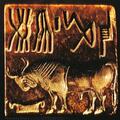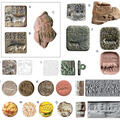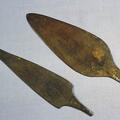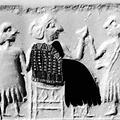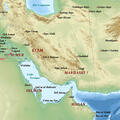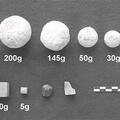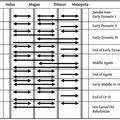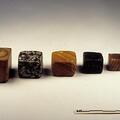The Short-Horned Bull on the Indus Seals: a Symbol of the Families in the Western Trade?
A superb, thought-provoking paper by one of the most imaginative and interesting of ancient Indus archaeologists, able to reconcile the bigger picture with data and suppositions that often fit together very nicely. They certainly do in this paper.

